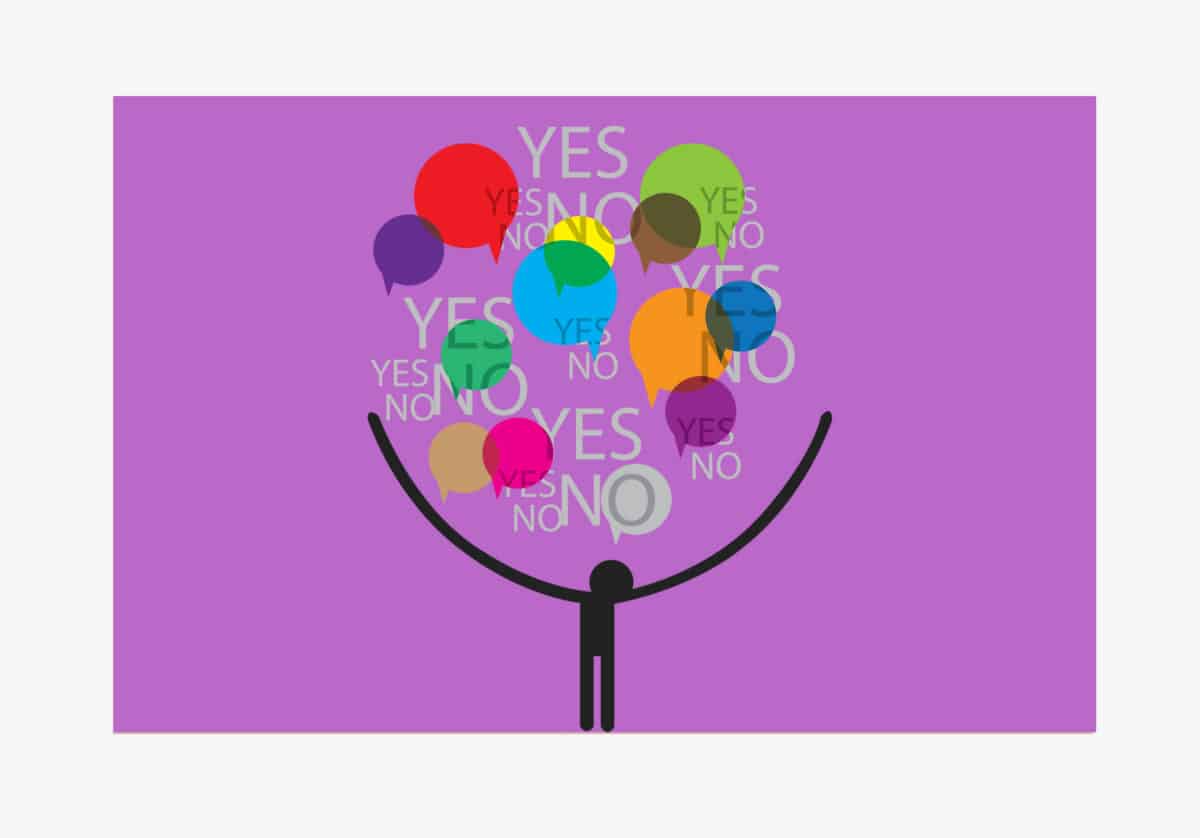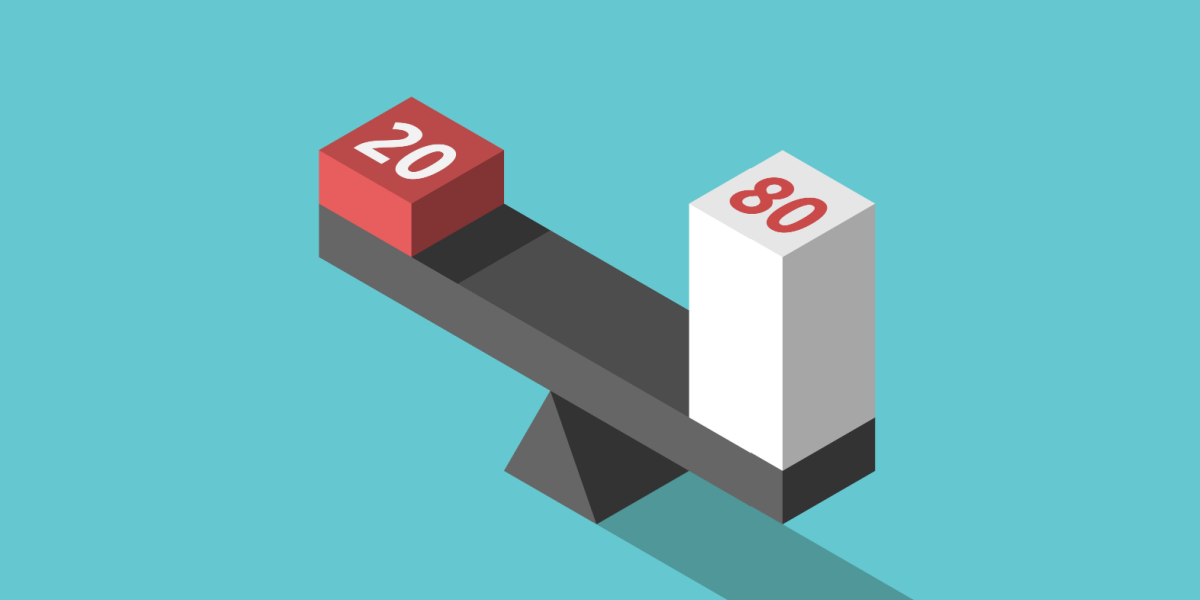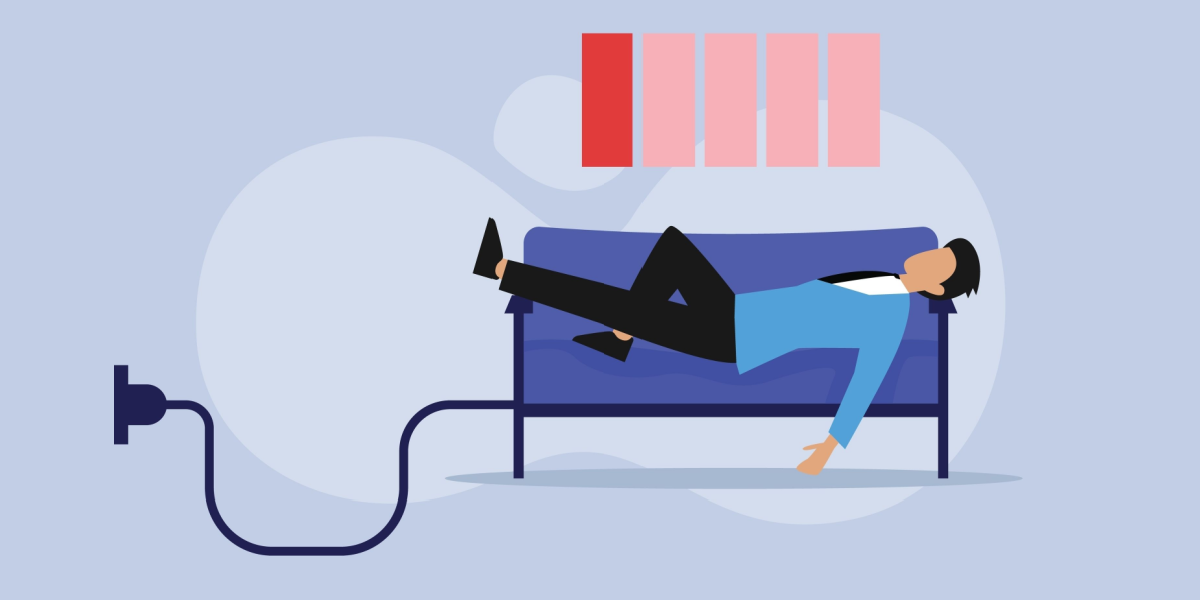We make decisions every day, lots of them. From the little things, like what to wear, or what to eat for breakfast, to the big decisions like who to assign a major project to, or which new office building to rent.
Making tough decisions can be exhausting, but it’s even worse when we struggle through, only to be filled with regret over a choice we’ve made. Regret is a miserable feeling, right? But it’s not inevitable.
Turns out we can minimize the number of regretful decisions we make. Understanding what goes into our choices can help us avoid common pitfalls and make better decisions, more often.
We Don’t Understand How We Make Decisions
The first problem with how we make decisions is that we don’t really understand the process ourselves. Research has shown that when asked about why they made a particular decision, most people don’t really know—but they think they do.
One study came to this conclusion by asking participants to select the person they found most attractive when looking at photos of two different people. The researchers then took the photos away and replaced one in front of the participant, facing down. The participant then flipped the photo over, looked at it again, and was asked to explain why they’d chosen this person as the more attractive of the two.
The twist was that some participants were given back the wrong photo—not the one they’d chosen as the more attractive person. But only about a quarter of the participants noticed this. The rest gave an explanation of why they’d chosen this person as the most attractive, even though they hadn’t.
This goes to show that we can justify a choice to ourselves, even if we never made that choice in the first place. We can certainly recite a rational explanation for a decision we make, but we can’t necessarily trust that explanation to be truthful.
Another study asked participants in a shopping mall to choose one of four pairs of identical nylon stockings. After choosing, participants were asked to explain why they’d chosen that particular pair. Again, each participant offered a compelling reason for their choice—even though there was actually no difference between the stockings at all.
Despite the stockings being the same, the researchers found participants chose the last pair four times as often as the first pair. So the order of the stockings seemed to matter. But when asked about how the order of the stockings might have affected their choice, the researchers said, “virtually all subjects denied it, usually with a worried glance at the interviewer suggesting that they felt either that they had misunderstood the question or were dealing with a madman.”
Much of our decision-making, it turns out, happens subconsciously, without us realizing what’s affecting our choices. And we’re quite good at rationalizing the outcomes. But don’t worry, you’re not completely helpless. There are different styles of decision-making, and they can affect how likely you are to regret your choices later.
The 2 Kinds of Decision-Makers
Do you like to look over your options again and again before making a decision? Do you agonize about making the right choice? Or do you choose the first thing that seems good enough and move on quickly?
There are two main types of decision-makers: maximizers and satisficers. Maximizers tend to agonize over their decisions, looking over their options again and again, and worrying about making the “right” or “best” choice.
Satisficers, on the other hand, tend to be quick to make a choice that satisfies their needs without worrying if it’s the best possible choice. They also move on more quickly after making a decision, rather than worrying after the fact about the options they didn’t take.
Research suggests maximizers tend to be more likely to regret their choices. This may be due to the tendency to agonize after making a decision about all the choices they rejected. Many maximizers also tend to assume there’s always a “right” or “best” choice to be made, and worry about whether they’re making it.
Satisficers don’t care any less about their decisions, but they do seem to let go of what could have been more easily, after making a choice. This can help them avoid regret over past choices.
Knowing which style of decision-making matches your behavior can help you better understand your own habits. But you don’t have to completely change your approach in order to make decisions you won’t regret. A few quick tips can help you make more thoughtful choices in future, regardless of your overall decision-making style.
How to Make Better Decisions
No matter what your overall decision-making style is, these approaches can help you more carefully assess your options and make choices you won’t regret.
Look at all your options together
I find shopping for clothes to be, usually, something of a nightmare. That’s partly due to the way I shop: I look at each option in turn, one after the other, over and over. Even as I remove or add options, I keep making the same rounds over and over, re-examining my choices before finally making a decision.
I can tell you this approach feels inefficient, but science can also back me up on that. It turns out, a much better approach for making a solid decision is to examine all your choices at once, rather than one at a time.
A study published in the journal Organizational Behavior and Human Decision Processes used a series of experiments to test this. In each experiment, participants were given a set of options to choose from. Each set had one correct choice—the best option among the set—though it wasn’t always obvious. In some cases, a little mental math was required, for instance, to convert different pricing units in order to figure out the option with the best value.
For each set, some participants viewed all the options at once, while others just saw one at a time. Those who were able to examine all the options at once were 22% more likely to make the correct choice. The researchers believe this is because viewing all the options at once allows for a more thorough comparison than if you can only view one option at a time.
So whether you’re shopping for clothes or choosing what to make for dinner, putting all your available options in front of you at once could help you make better decisions.
Think of your past and future selves
Take a second to think about yourself 10 years from now. Does that seem like you, only older, or like a completely different person? For most of us, our future selves seem like strangers.
One study even foundwe use different parts of our brains when thinking about our current and future selves. The part of the brain that lights up in a scan when we talk about our future selves is the same part that lights up when talking about a celebrity we don’t know personally. Our future selves seem familiar, but they don’t seem like the same people we are now.
This is a problem when it comes to decision-making, because it means we tend to put our future selves in awkward positions. We sign our future selves up for activities and commitments we wouldn’t want to agree to right now, because we somehow think our future selves will be happy to do those things.
When researchers asked participants in a study to choose a film to watch tomorrow, many of them chose highbrow documentaries and serious movies. But when asked to choose a film to watch today, people went for easy-to-watch blockbusters and comedies. We want to watch those highbrow films in theory, so we plan to watch them when it doesn’t have much effect on our immediate feelings. But when choosing a film to watch today, we take our current feelings into account more, and they tell us we’d much rather relax with a fun comedy.
A study of how children make decisions found that helping them think about their past and future selves can improve the choices they make. Exercises like asking kids to chat about a memory of the past or their plans for the future seems to extend their ideas of themselves beyond the present moment, which encourages more forward-thinking decisions.
When tested with tasks like remembering to tell a researcher to open a box after the tests, foregoing a sticker immediately in order to get two stickers later, and a “mental time travel” test that asked which items would be most appropriate to take on a trek through snow or a forest, thinking about their past and future selves improved the kids’ performance in some areas
Other research has found adults who see artificially aged photos of themselves, which helps them imagine themselves much older, are more likely to save money for retirement.
These interventions are simple: Thinking about past memories or looking at old photos can remind you that you’ve existed for much longer than this present moment. And thinking of yourself looking much older or your future plans can help you remember that you’ll be here for much longer, too.
Thinking of ourselves as existing before and after the present moment can help us make better decisions and think more carefully about the consequences of our current choices.
Make decisions in the morning
Finally, whether you’re a morning lark or a night owl, making decisions earlier in the day is likely to lead to a better outcome. A study of online chess players tested this by analyzing the players’ decisions over time. The study also asked participants whether they felt they were morning or night people, and asked about what time of day they normally perform various habits like eating and sleeping.
Using the questionnaire to split participants into morning and night people, the researchers then examined how this affected their decision-making success. But oddly enough, it didn’t!
No matter what time of day participants felt they were at their best, on average, all participants made worse decisions later in the day. So if you have a big decision to make, carve out some time before lunch to give yourself the best shot at a decision you won’t regret.
Conclusion
With the sheer volume of decisions we make every day, it’s impossible that every choice will be a good one. But for the big decisions that will have far-reaching consequences, understanding your own habits and using these easy interventions can help you avoid regret and make more forward-thinking choices.
Whether you’re a satisficer who loves taking the first suitable option and moving on quickly, or a maximizer who can’t make a choice until you’re sure you’ve picked the absolute best option, you can make decisions without regret by implementing these three tips.
What’s your best tip for making better decisions? Let us know in the comments.




















